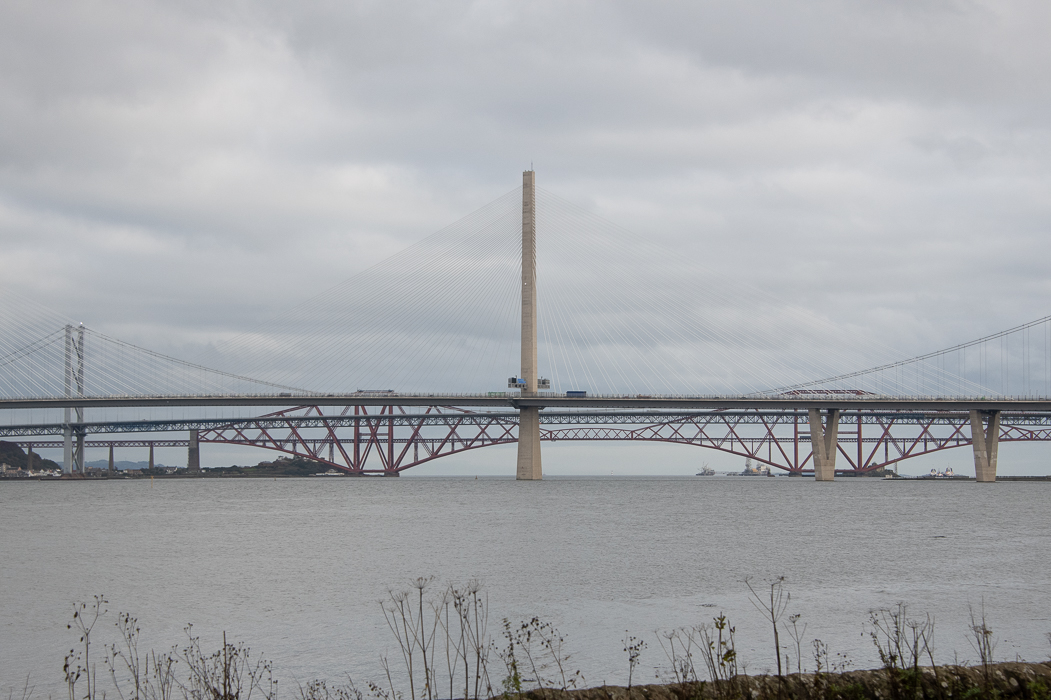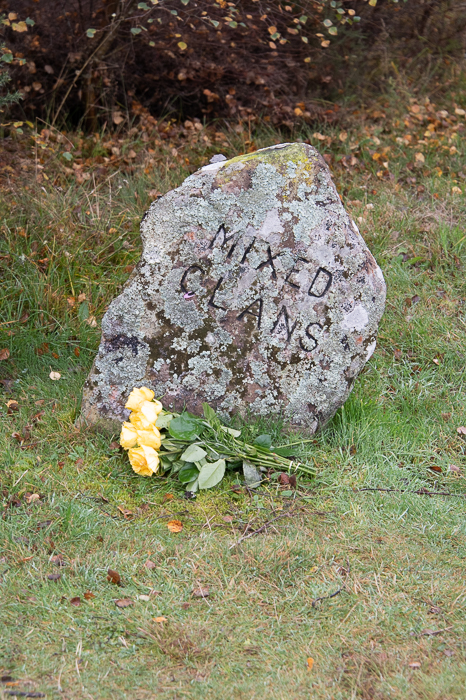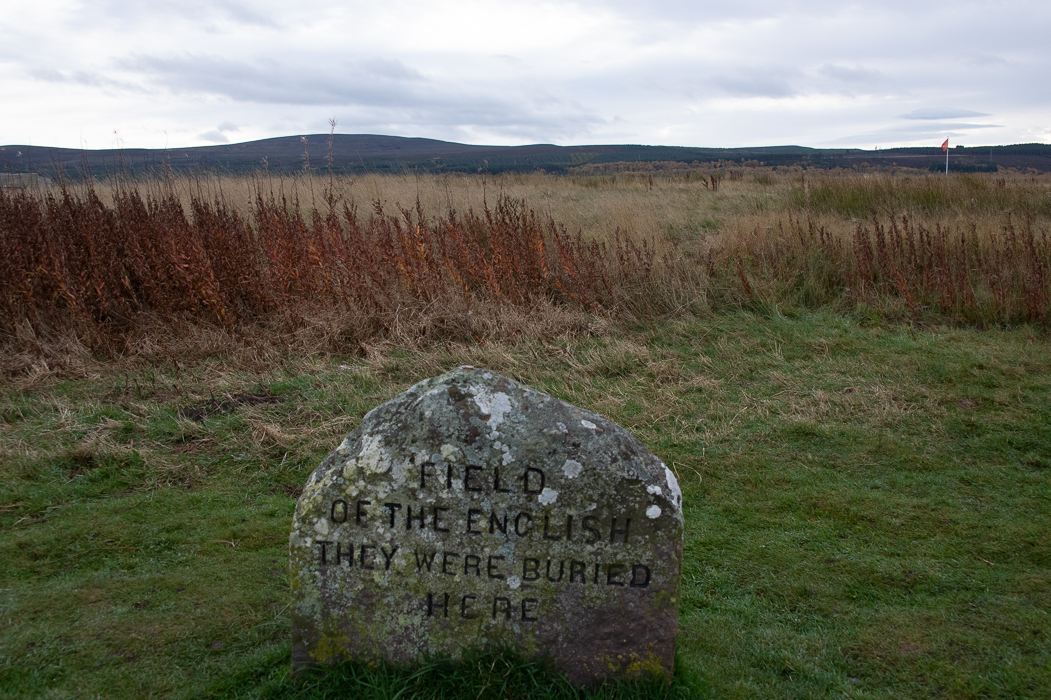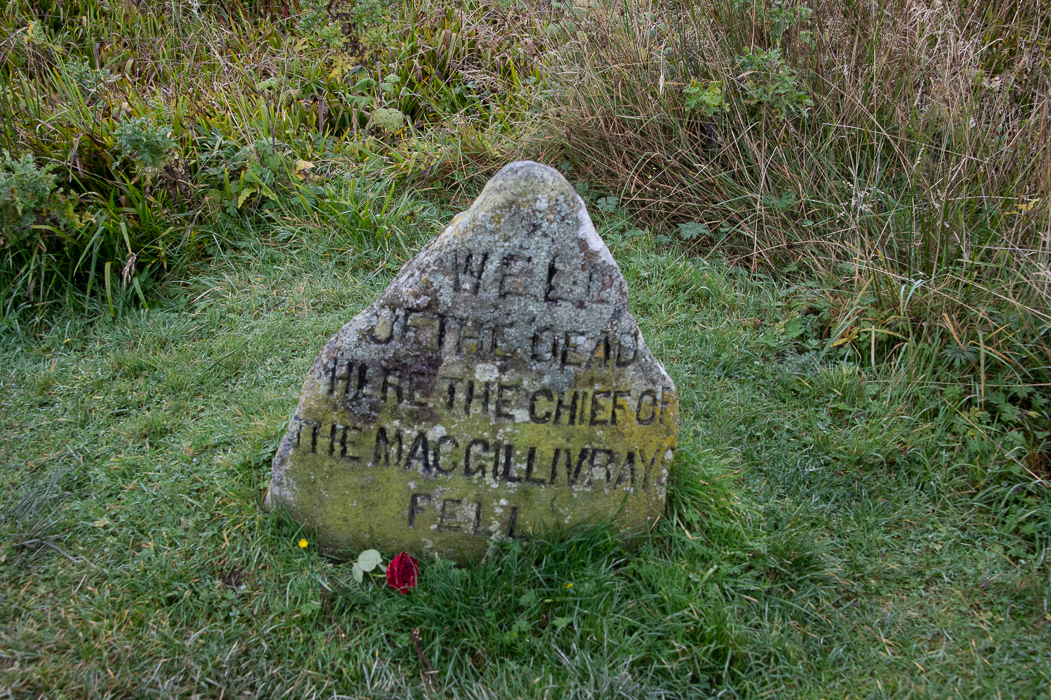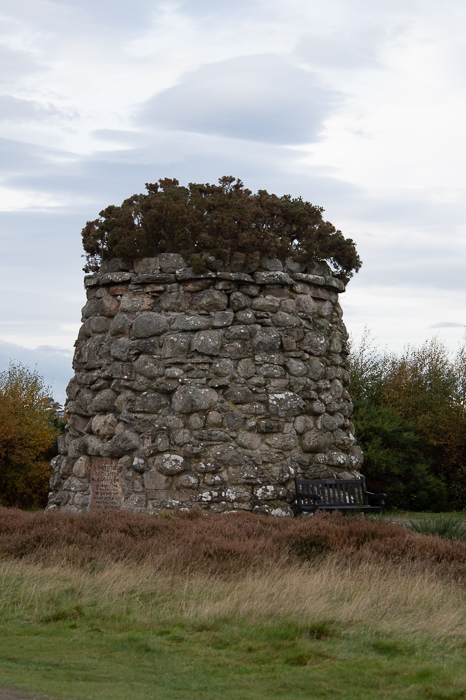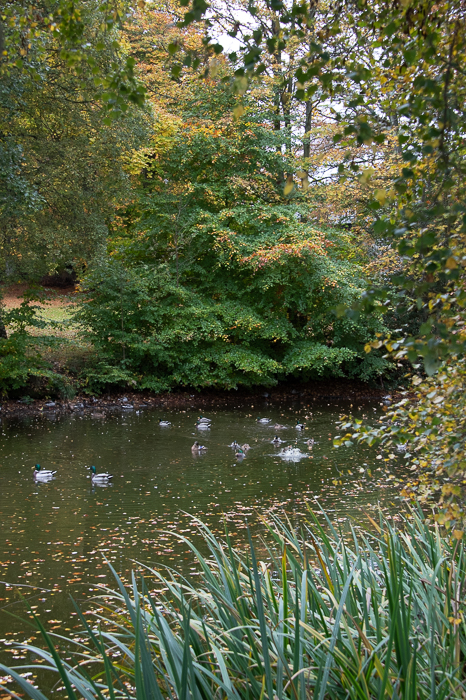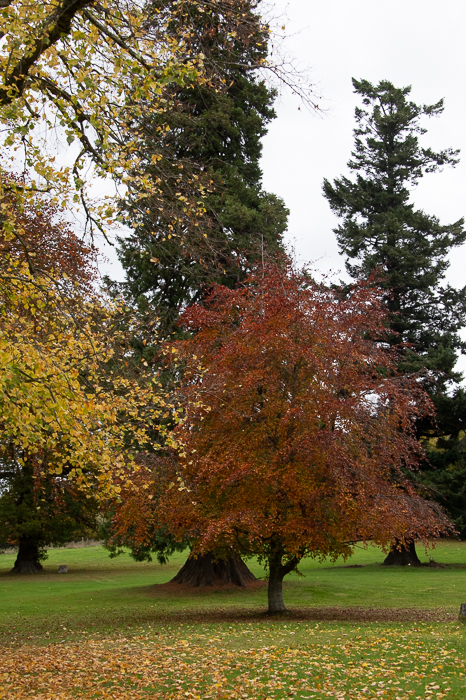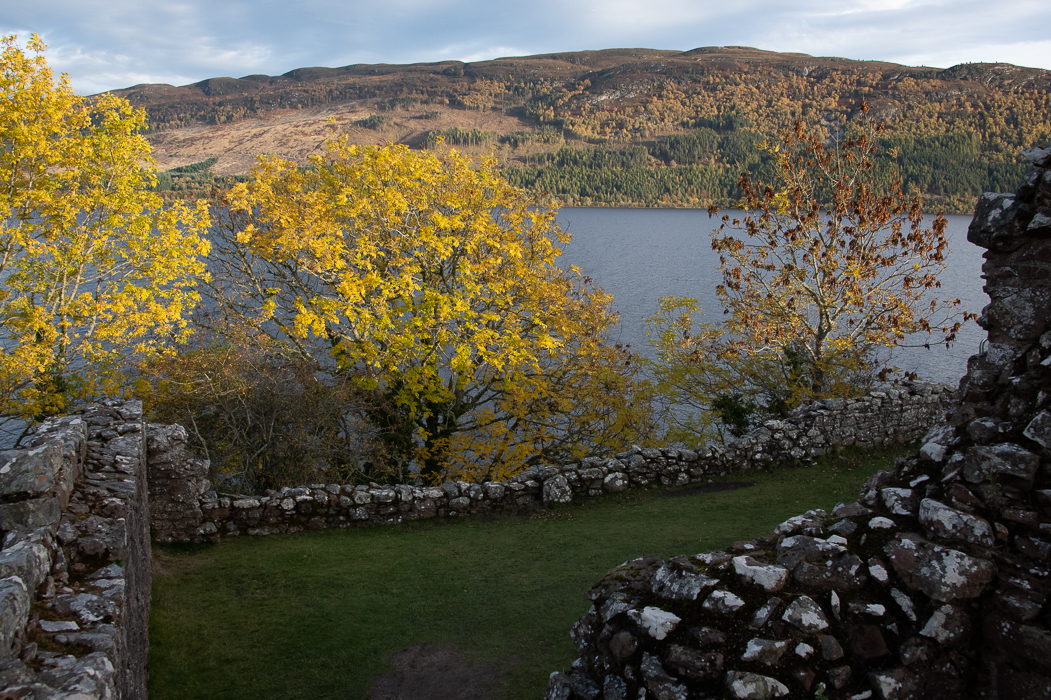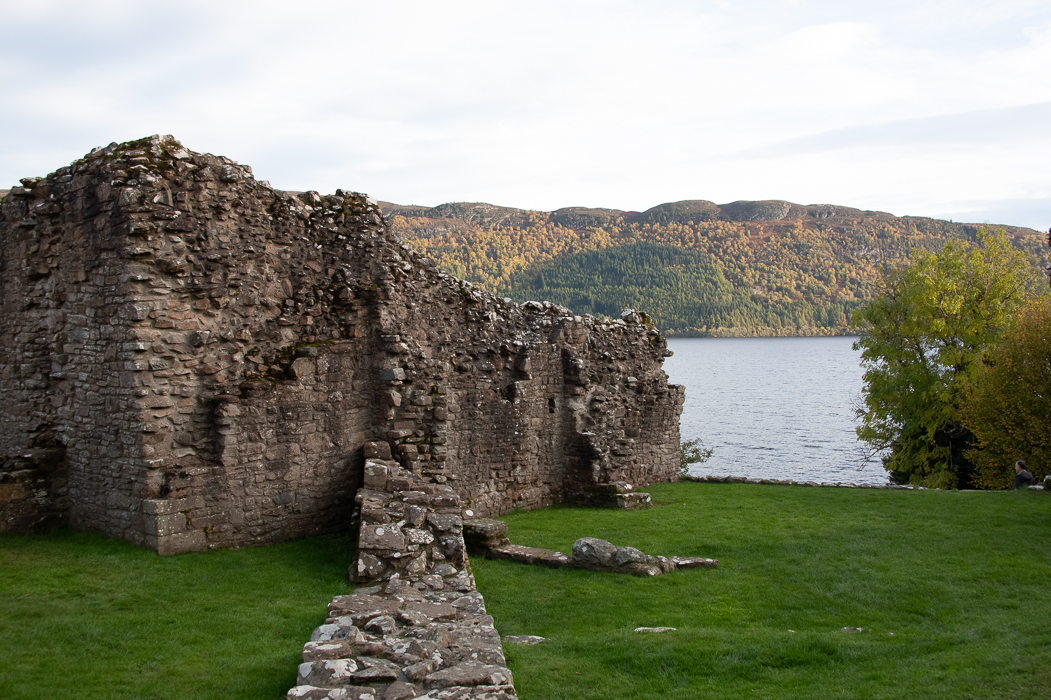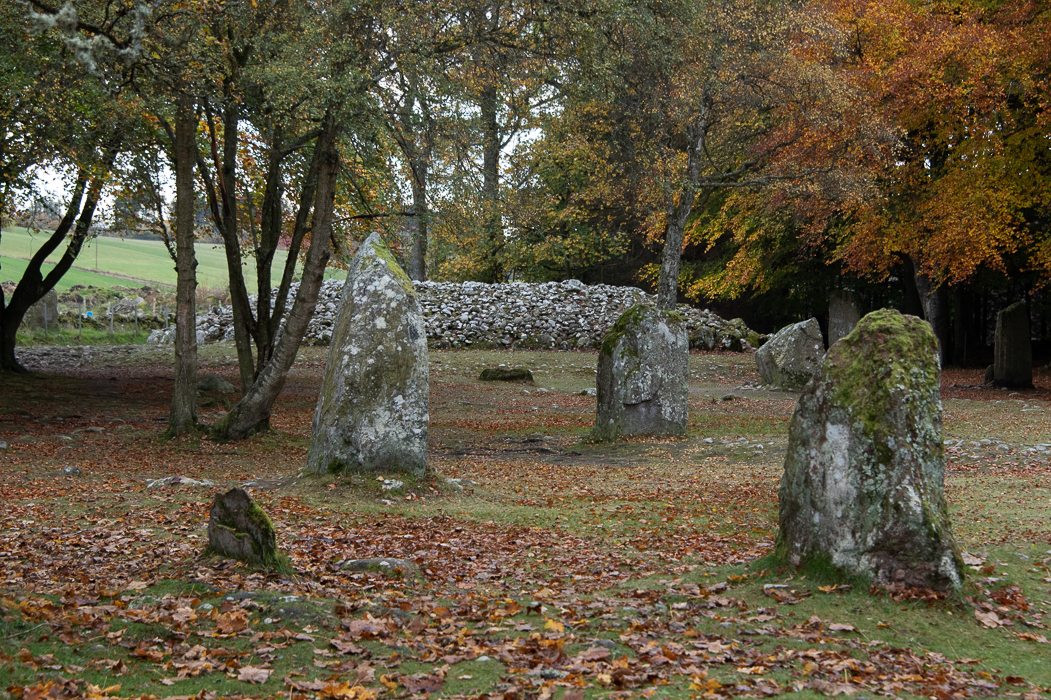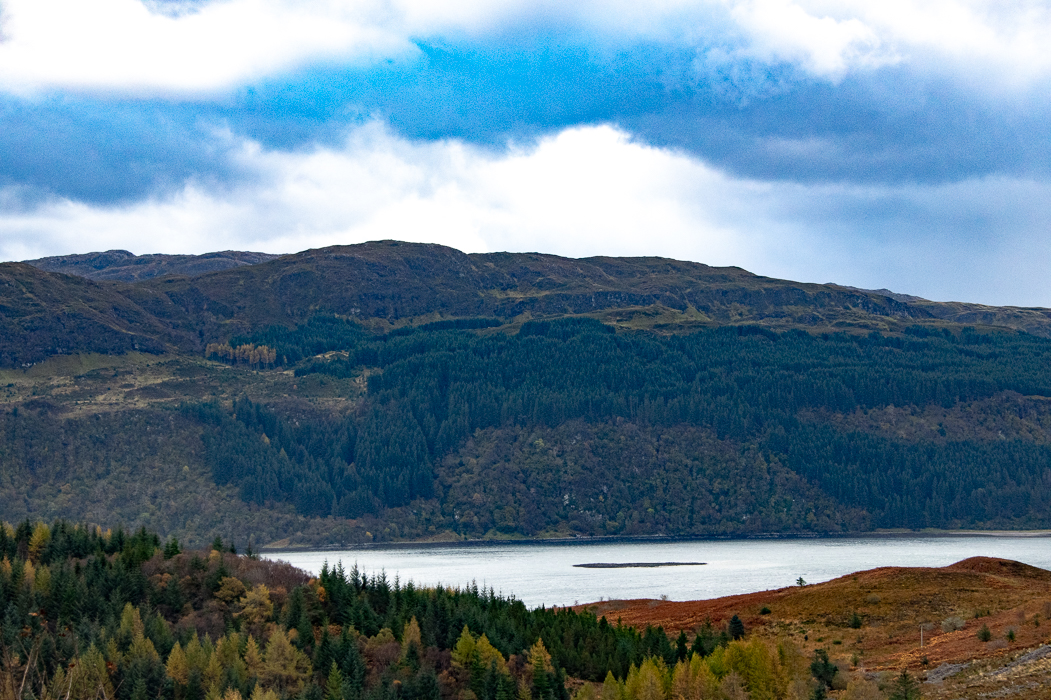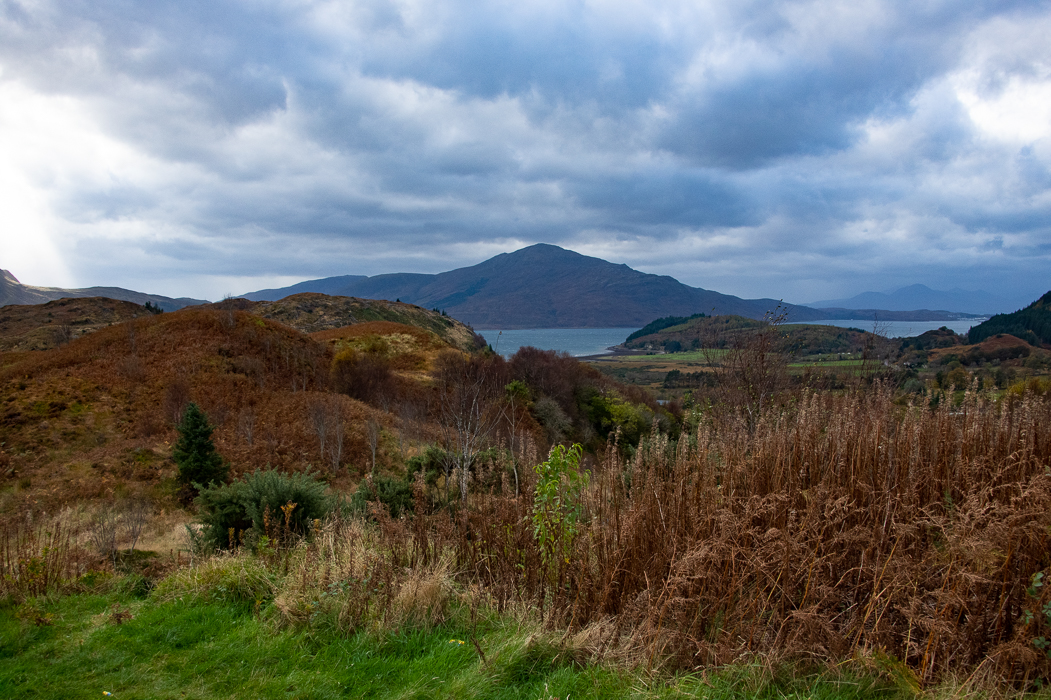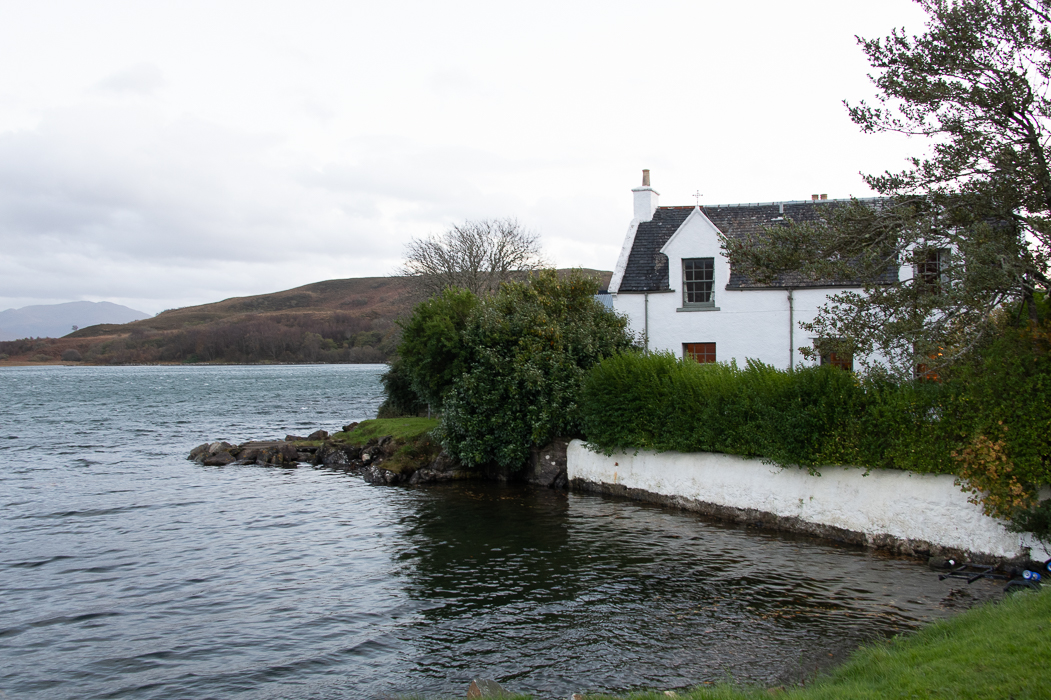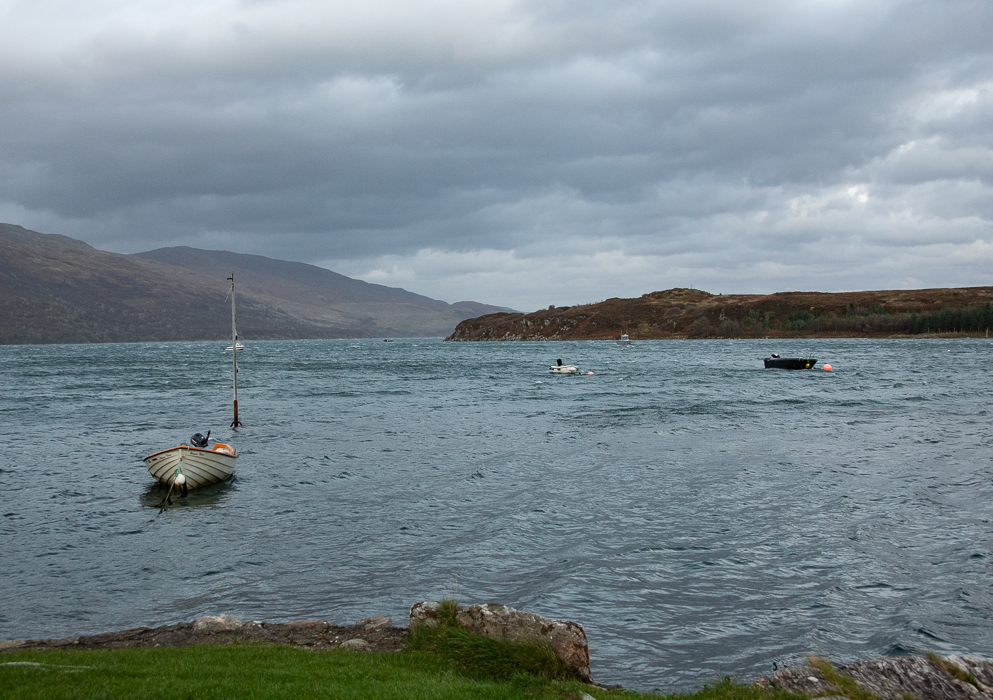October 25, 2022
Crossing the Forth of Firth
The red bridge is the UNESCO World Heritage Site Forth Bridge. It was the first major steel construction in the UK at 1.5 miles in length and was the longest single cantilever bridge span in the world when opened in 1890; today it has the second longest span. The Forth Bridge remains largely unchanged and still carries 190–200 trains every day.
The Forth Road Bridge opened in 1960. Upon its opening, it was the longest suspension bridge in the world outside of the United States and bears a close resemblance to the Golden Gate Bridge on which it was modeled.
In 2017 the Queensferry Crossing Bridge opened. The Queensferry Crossing is the longest three-tower cable-stayed bridge in the world.
The Highlands
The Highlands of Scotland are absolutely gorgeous, they are also the most sparsely populated area of Scotland. The terrain is interesting as the many mountain ranges that surround the valley areas and the lochs dominate the area.
Historically the area is best known for Loch Ness and its monster Nessie and the Battle of Culloden.
The Battle of Culloden was the final confrontation of the Jacobite rising of 1745. On April 16th, 1746, the Jacobites, under Charles Edward, the Young Pretender (“Bonnie Prince Charlie”), were defeated by British forces under William Augustus, duke of Cumberland.
The battle, which lasted only 40 minutes, resulted in a terrible defeat for the heavily outnumbered Jacobites. Near 1,000 weak and starving members of the Young Pretender’s army of 5,000, were killed by the 9,000 Redcoats, who lost only 50 men.
The war roots begin with the Catholic Stuart monarch James who was King of England and Ireland as James II, and King of Scotland as James VII losing his throne to his Protestant daughter Mary and her Dutch husband William, who ruled as co-monarchs.
Mary’s sister Anne took the throne in 1703 on William’s death. Neither she nor Mary had any living children and when Anne died in 1714, seven years after overseeing the Act of Union, the natural heir to the throne was her half-brother, the Catholic James Francis Edward.
Catholics were excluded from the throne so the crown passed to the Protestant Electress Sophia of Hanover who died in June 1714. Her son succeeded Anne two months later as George I.
But many felt the Stuary dynasty should be continued meaning James, the Old Pretender, was the true heir to the throne. They were known as Jacobites, a name derived from the Latin for ‘James’.

Thatched roofed Leanach Cottage at the Culloden Battlefield in Scotland. The cottage was built in 1760 on the site of the farm building shown on almost every contemporary battle map of Culloden. During the battle itself, it reportedly sat on the side of the government lines and may even have served as a field-building for the wounded.
Soon after Culloden, laws were passed that banned Highlanders from wearing clan colors or bearing arms. Clans lost land and power and the clan system suffered irreparable harm.
The battle also made the British government realize the need to find a way to integrate the highlands of Scotland and other areas, where potential uprisings could occur, more closely into the country. During this time the British government began to send prisoners and others associated with the uprisings to the distant colonies of both America and Nova Scotia (New Scotland) in Canada, as a way of riding potential threats. It has been estimated that there are some 20 million people of Scots descent living in other countries as a result of the huge diaspora in the aftermath of this one battle.
At the time of the Jacobite uprising in 1745-46, Bonnie Prince Charlie used Culloden House as his lodging and battle headquarters.
Urquhart Castle
The present ruins, on Loch Ness, date from the 13th to the 16th centuries, they were built on the site of an early medieval fortification. Founded in the 13th century, Urquhart played a role in the Wars of Scottish Independence in the 14th century. The castle went through many owners and had largely been abandoned by the mid-1600s. Urquhart was partially destroyed in 1692 to prevent its use by Jacobite forces and then slowly decayed. It was turned over to the government in the 20th century and turned into a monument and opened to visitors.
*
*
Fort George

The fort is so big as to be unfathomable. The only way to see the entire fort is from the other side of the firth.
Following the 1746 defeat at Culloden of Bonnie Prince Charlie, George II created the ultimate defense against further Jacobite unrest. The fort was built to replace a Fort George in Inverness which was constructed after the 1715 Jacobite rising to control the area. The current fortress has never been attacked and has remained in continuous use as a garrison.
The fortification is based on a star design and remains virtually unaltered.
Clava Cairns
Clava Cairns is an early Bronze Age site consisting of three well-preserved cairns, two of which are passage graves, along with a number of free-standing stones placed for astronomical purposes.
The cairns date from circa 2500 BCE, and had been in use for over 1000 years. Some evidence suggests reuse by communities, intermittently, until 770 CE as a burial ground and center for rituals. The cairns themselves have been identified as graves but were clearly constructed with astronomical alignments in mind.
Terms used in this type of archeology can be confusing. A passage grave consists of one or more burial chambers covered in earth or stone that have a narrow accessway made of large stones. These structures usually date from the Neolithic Age. When covered in earth, a passage grave is a type of burial mound found in various forms all over the world. When a passage grave is covered in stone, it is a type of cairn.
Driving around the Scottish Highlands:
Isle of Skye
Skye is is the largest and northernmost of the major islands in the Inner Hebrides. The island has been occupied since the Mesolithic period, and over its history has been occupied at various times by Celtic tribes including the Picts and the Gaels, Scandinavian Vikings, and most notably the powerful integrated Norse-Gaels clans of MacLeod and MacDonald.
Sadly this was a whirlwind visit but Skye has so much to offer and so many places to explore.
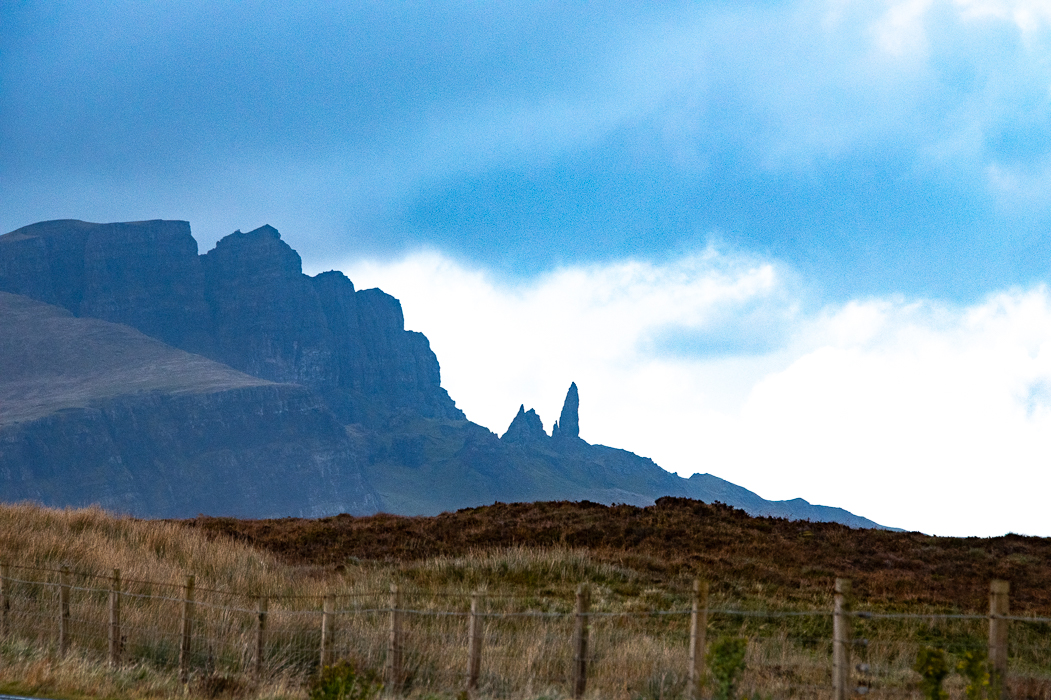
Legend has it that the Old Man of Storr was a giant who resided on the Trotternish Ridge. When he was laid to rest upon his death, his thumb—the “Old Man”—remained partially above ground.
Eilean Larmain
Staying on the Isle of Skye.
